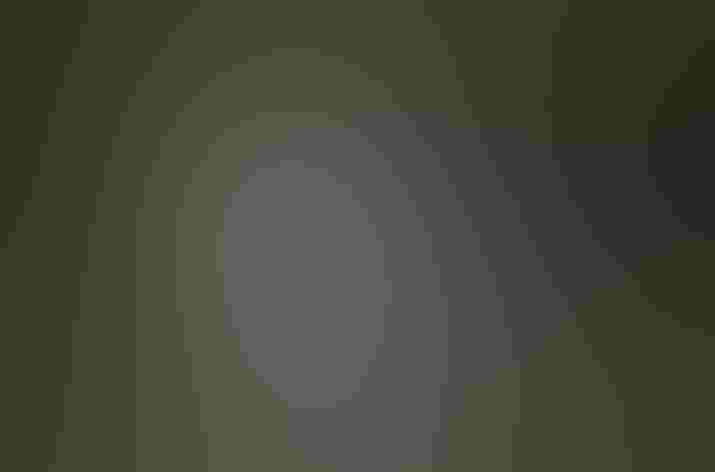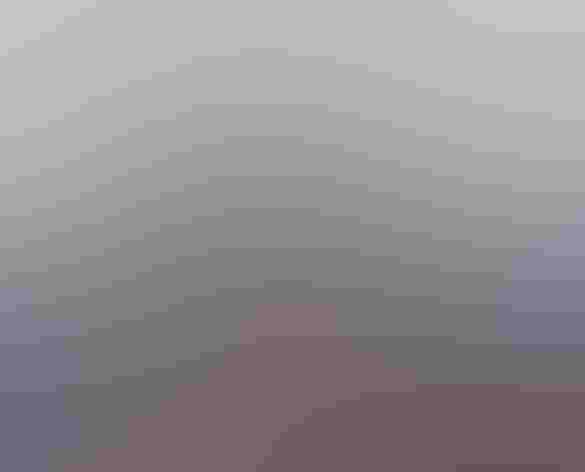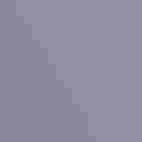Short-billed Gull
At a Glance
Of several similar gulls having white heads and black wingtips with white spots, this one is the smallest. Its small bill and dark eyes give it a gentle expression. Short-billed Gulls are common all along the Pacific Coast in winter, but they spend the summer in Alaska and northwestern Canada, where they are often seen perched on top of spruce trees. Other races live in Europe and Asia, and European birds rarely stray to our Atlantic Coast in winter.
All bird guide text and rangemaps adapted from Lives of North American Birds by Kenn Kaufman© 1996, used by permission of Houghton Mifflin Harcourt Publishing Company. All rights reserved.
Category
Gull-like Birds, Gulls and Terns
Conservation
Low Concern
Habitat
Coasts and Shorelines, Freshwater Wetlands, Lakes, Ponds, and Rivers, Landfills and Dumps, Saltwater Wetlands, Tundra and Boreal Habitats
Region
Alaska and The North, California, Northwest, Southwest, Western Canada
Behavior
Direct Flight, Undulating
Population
6.400.000
Range & Identification
Migration & Range Maps
Inland breeders apparently move directly to coast and then south; rarely found inland south of breeding range. Fall migration is relatively late, not reaching many wintering areas until November.
Description
16-18" (41-46 cm). More petite than similar gulls. Adult has thin unmarked yellow bill, big white spots in wingtip, darker gray back than Ring-bill, yellowish legs. Round head and dark eye create "gentle" look. See Black-legged Kittiwake (different wingtip pattern). Immature pale brown at first; later much like young Ring-bill but with thinner bill, more black in tail. Reaches adult plumage in third winter.
Size
About the size of a Crow, About the size of a Mallard or Herring Gull
Color
Black, Brown, Gray, White, Yellow
Wing Shape
Pointed, Tapered
Tail Shape
Rounded, Short, Square-tipped
Songs and Calls
A high mewing kee-yer.
Call Pattern
Falling, Flat, Undulating
Call Type
Raucous, Scream
Habitat
Coastal waters in winter, lakes in summer. Along Pacific Coast, concentrates in winter around river mouths and lagoons, and freshwater ponds near the shore. Not as common at garbage dumps as many larger gulls, and seldom occurs any distance offshore. In summer, mostly around lakes in northern forest.
Sign up for Audubon's newsletter to learn more about birds like the Short-billed Gull
Behavior
Eggs
3, sometimes 2. Olive to buff, blotched with brown. Incubation is by both sexes, 23-28 days.
Young
May leave ground nests when a few days old but remain nearby. Both parents feed young. Age at first flight about 5 weeks.
Feeding Behavior
Forages while walking, wading, or swimming, or dips down to surface of water in flight. May catch flying insects in the air. Sometimes carries hard-shelled mollusks into the air and drops them on rocks to break them open.
Diet
Omnivorous. Diet may be mostly small fish along coast, mostly insects around inland lakes, but also eats crustaceans, mollusks, sea urchins, earthworms, small rodents, young birds of other species, carrion, refuse. May eat many berries in late summer, and eats grain at times.
Nesting
Breeds in small colonies or in isolated pairs. In courtship, female approaches male who holds territory, in hunched posture, wagging head from side to side. Nest site is on high ground near water, or on top of stump or dense low spruce up to 20' above ground. May build floating nest in marsh; in Europe, may nest on gravel roofs. Ground nest is shallow scrape lined with grass; tree nest is platform or shallow cup of twigs, grasses. Both sexes help build nest.
Climate Vulnerability
Conservation Status
Numbers apparently stable. Not affected by human activities as much as some of the larger gulls.
Climate Threats Facing the Short-billed Gull
Choose a temperature scenario below to see which threats will affect this species as warming increases. The same climate change-driven threats that put birds at risk will affect other wildlife and people, too.







